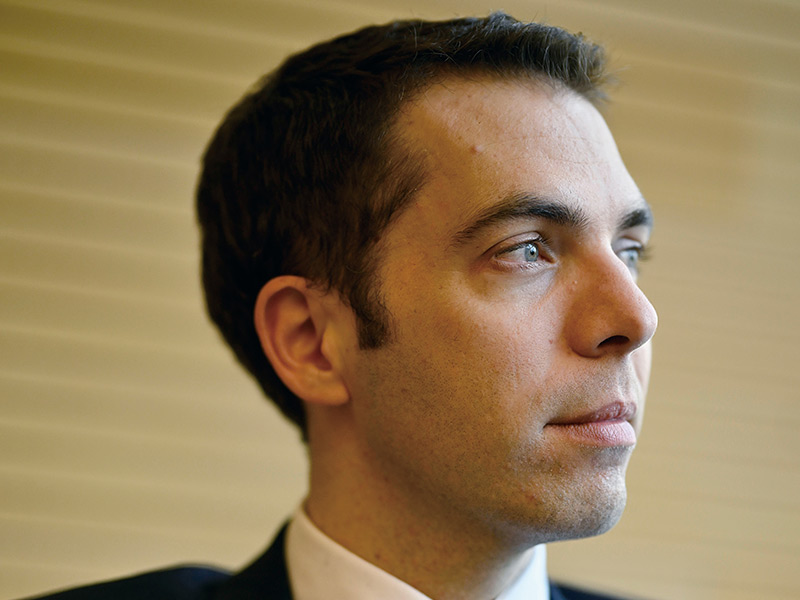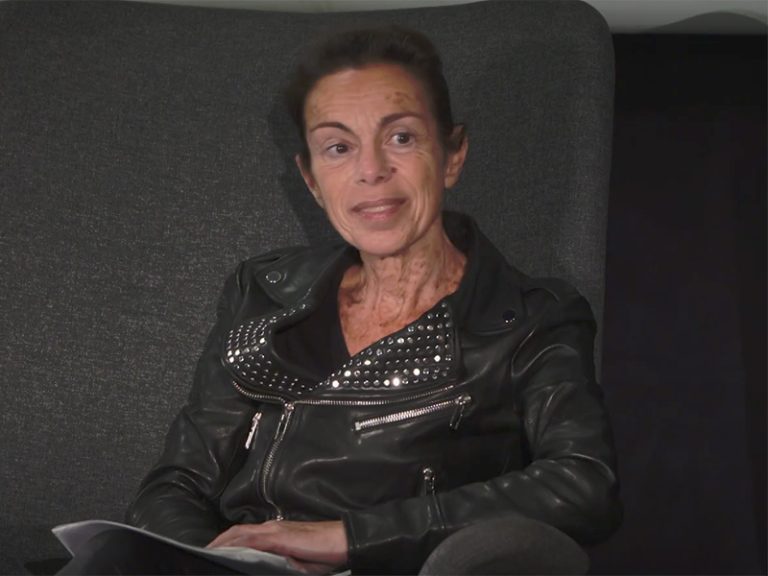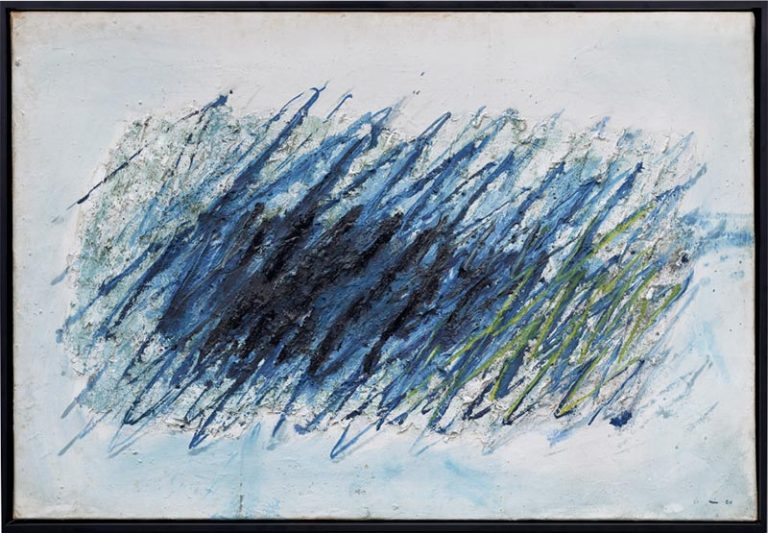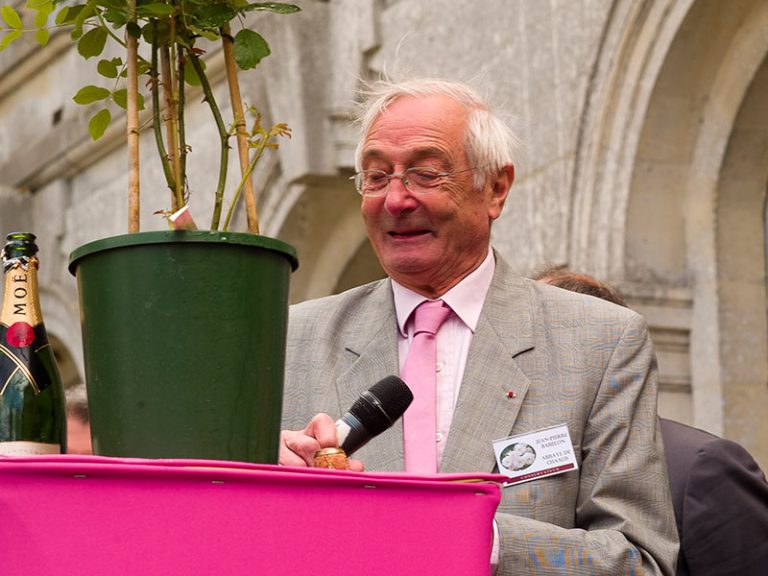Beijing (China). Nicolas Pillerel (37 years old) joined the Quai d’Orsay in 2011. He has held several diplomatic missions abroad: in Washington, in Libya where he was responsible for the rehabilitation of our embassy and, since 2022, in China. He was also the diplomatic advisor to the Minister of the Interior Gérald Darmanin. He comments on the cultural situation in China which is coming back to life after years of very harsh confinement and explains the cultural program on the occasion of the commemoration of 60 years of the reestablishment of diplomatic relations with China.
What event are we celebrating?
On January 27, 1964, France and China agreed to establish diplomatic relations. The following January 31, the General of Gaul held a memorable press conference, during which he explained that this choice was necessary. “due to the weight of evidence and reason”. For the Chinese, this was a major decision since it was the first European country to take the plunge. And it was only ten years later, in 1973, that the United States did the same.
How does the commemoration of this event fit in with the Franco-Chinese year of cultural tourism?
The Franco-Chinese year of cultural tourism should have taken place in 2021, in the middle of Covid, and it was therefore canceled. It appeared that it made sense to schedule it for the 60th anniversary, it gives a cultural color to the official celebrations and is consistent with the desire to relaunch exchanges after the end of the pandemic. We also wanted to mark these celebrations with events that reach the general public and not just officials. We want to highlight places other than the best-known tourist and heritage sites in both countries to try to encourage tourists to discover other territories.
China lifted all its restrictions at the beginning of 2023, how has this affected tourist flows?
Before Covid, 2 million Chinese tourists came to France, representing a turnover of 3.5 billion euros. After a virtual absence from 2021 to 2022, they begin to return in 2023, but without reaching the figures of 2019. According to the Ministry of Tourism in China, nearly 500,000 French people went to China before Covid. There are no figures yet published for 2023. However, the Chinese authorities recently announced measures to facilitate their return. In a country where a lot of transactions and services are carried out via Chinese apps, efforts have been made to make them more accessible to tourists during their stay. Above all, the French no longer need a visa for tourist stays of less than fifteen days.
What explains the significant drop in Chinese tourists in 2023, between 30 and 50% according to different sources?
First there is the economic situation which is not very good and then more specific factors such as the fact that many Chinese did not renew their passports during the confinements or because the number of flights between the two countries had declined sharply. It has now risen to 48 weekly flights, but remains below the 2019 level. We are also observing an evolution in the profile of tourists with a higher percentage of wealthy travelers, wanting to have more personalized stays.
How have cultural supply and demand evolved in China?
After the end of health restrictions, millions of people fell ill between January and March 2023. The situation only normalized from April. But even since April, cultural attendance has not returned to pre-2020 levels. This can be explained by economic reasons, because private culture is quite expensive in China. And then after years of confinement, the Chinese tended, initially, to favor outdoor activities. Open-air concerts, for example, worked very well.
Do you know the number of deaths due to Covid after the end of restrictions?
The Chinese authorities have not communicated any figures.
How can we organize a year of cultural tourism when China is considered by Europe as a “systemic rival” which pursues a ruthless repressive policy with the Uighurs or in Hong Kong, threatens to invade Taiwan and supports Russia in its invasion of Ukraine?
I will not dispute that China’s model is not ours. However, China is a major player in the world. Is it not preferable to continue talking to Chinese society, to welcome Chinese students to France, to encourage exchanges between artists?
Closure calls for closure and that does not resolve difficult political issues or those on which we must work with China, such as the climate for example. It seems important to us to encourage cultural exchanges in order to facilitate dialogue in all areas. We have “bilateral dialogues” with China in the political, economic and human exchange fields. These are structured, regular, high-level exchanges, prepared with the administrations concerned. These dialogues all took place in recent months, following President Macron’s state visit last April.
Furthermore, not all cooperation takes place within the same time frame. So Chinese students who have studied in France for twenty years are our best ambassadors back home or at least people with whom it is easier to communicate. This does not mean that they will forget the interests of their country, but they understand our concerns.
How does France compare to other countries in welcoming Chinese students?
The United States welcomes more than 200,000 students, Great Britain around 100,000 while France receives 25,000. Language is obviously a determining factor, even if there are more and more English-speaking courses in France. We also observe that in the very tough competition for access to employment, speaking French, in addition to English, is becoming an asset.
Generally speaking, what is the image of France in China?
Quite good, however still marked by romantic clichés, a land of plenty. Furthermore, the Chinese generally have a very classical approach to culture. We try to show them that French culture is also contemporary creation. It is encouraging to see that young Chinese are increasingly receptive to contemporary art. We also strive to highlight our economic assets so as not to reduce France to clichés.
How does our cultural diplomacy compare to other countries?
France is the country with the most active cultural diplomacy in China and undoubtedly in the world. This is measured by the number and quality of our cultural events. We have been organizing for twenty years – following the 2003-2004 crossover season – the “Croisements” festival which is the most important cultural festival in China recognized by all Chinese cultural institutions. It is a multidisciplinary festival – visual arts, performing arts, music, cinema – which does not only take place in Beijing and Shanghai, but also in what we call second or third tier cities (less populated, but the yardstick of a country of 1.4 billion inhabitants). For example, our music festival is working very well; we organize it with local partners so that Chinese and French groups perform on stage. Young people love it, it’s free and it happens in unusual places; we are the only ones who do it. “Croisements” translates into Chinese as “Franco-Chinese Spring of Culture”, it is clear to the Chinese public that it is a French festival.
What are the highlights in China of this cultural season?
We gave it a special shine by kicking off the season in Harbin in the northeast, where it is very cold and every year there is a very famous festival of ice sculptures of large monuments. This year there was a 22-meter-high reproduction of Notre-Dame Cathedral next to the Temple of Heaven, an emblematic monument located in Beijing. It is a festival which is attended by 50,000 visitors per day and which benefits from impressive media coverage from which we have greatly benefited. These two monuments together form the logo of this Franco-Chinese year.
There will be three highlights: in March, the month of the Francophonie placed under the sign of sport, in April “Croisements” with more than 200 events in 30 cities, including an exhibition at the Palace Museum of the Forbidden City co-organized with the Palace of Versailles on exchanges at the time of Louis XIV and the Kangxi Emperor with objects never shown by the Forbidden City. There will be an exhibition on Bernar Venet, Claude Viallat and Annette Messager. There will also be tours of the Bordeaux National Opera, the Royal Opera of Versailles, the Comédie Française and several musicals of which the Chinese are very fond. Finally, the end of the year will be devoted to books and debates of ideas, with events such as La nuit des idées or the Franco-Chinese translation and publishing prize, Fu Lei.
Importantly, many of these events will be available online because we saw during Covid that online or hybrid formats made it possible to significantly increase the impact of our events.
Are you considering a residency program modeled on the Villa Albertine in the United States?
This format is not the most suitable for China, if only because of the language. And then the Chinese partners are not structured like the Americans. We have nevertheless launched three programs to support contemporary creation. We have a Franco-Chinese prize in contemporary art, transformed last year into an artist residency. Last November and December we welcomed Adrien Missika.
To highlight artistic crafts where there is real know-how here, we have just set up a partnership with Mobilier national, which will soon welcome a young Chinese who works in textiles. Finally, we work with several French institutions, including the National Dance Center, to encourage exchanges in the field of contemporary dance.
In general, how is the collaboration going between the cultural institutions of the two countries?
Quite good, however with a technical difficulty: the Chinese are very keen on partnerships within a very short horizon of a few months when museums or cultural operators in France are used to working on a more distant horizon which is measured in years. There are more than 6,000 museums in China, this is a great opportunity to seize if we know how to synchronize.
What is China’s position on the return of items looted during the 1860 ransacking of the Summer Palace?
There is never an official request for restitution. This is not a topic at the moment.







